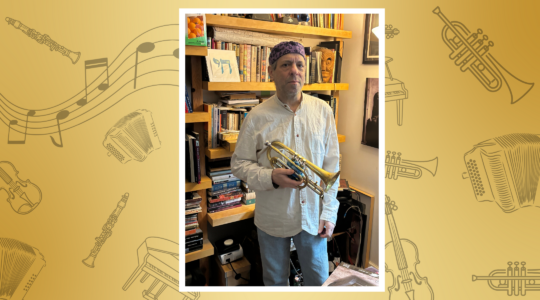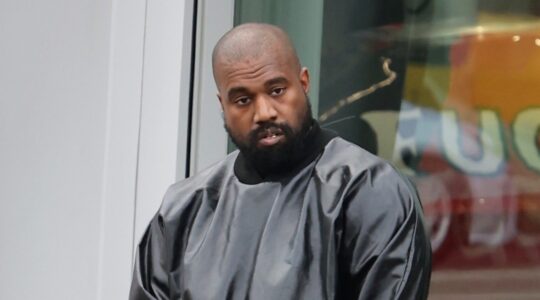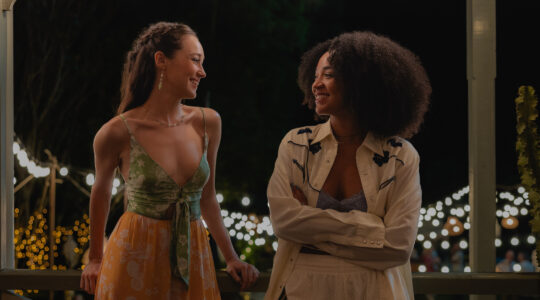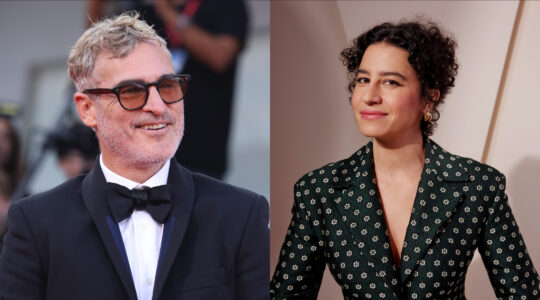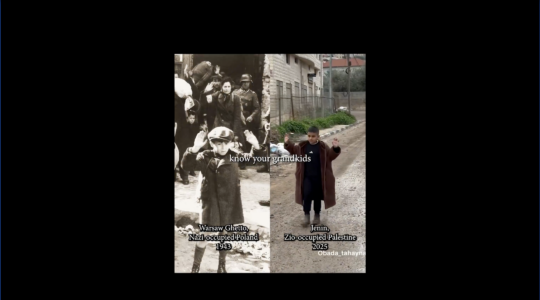The oldest Jewish congregation in Los Angeles, Wilshire Boulevard Temple, has an elaborate mural that encircles the main sanctuary. Beginning with Genesis and ending in 1929, when the mural was commissioned, it tells the epic story of the Jewish people.
The artist was painter, filmmaker, and muralist Hugo Ballin. Born in New York City to German Jewish immigrants, he went to art school and trained in the Beaux-Arts style, but left painting to start his own silent film studio in Hollywood. The advent of talking pictures sank his company, so he returned to painting, creating masterpieces that grace the Griffith Observatory and Burbank City Hall.
Ballin’s murals fell out of fashion with the rise of Mexican muralists and social realism, and artists dismissed his neoclassical style as insufficiently interesting or provocative. The UCLA Center for Jewish Studies‘ online exhibit “Hugo Ballin’s Los Angeles” (part of the “Mapping Jewish L.A.” project) includes essays and immersive 360-degree panoramic views of his works. One can also detect subtle changes in his painting style. An early mural represents justice as a woman in flowing robes, while he later represents justice as a courtroom scene. Maybe those Mexican muralists had an effect on Ballin after all.
Image modified from Flickr Creative Commons.
JTA has documented Jewish history in real-time for over a century. Keep our journalism strong by joining us in supporting independent, award-winning reporting.
